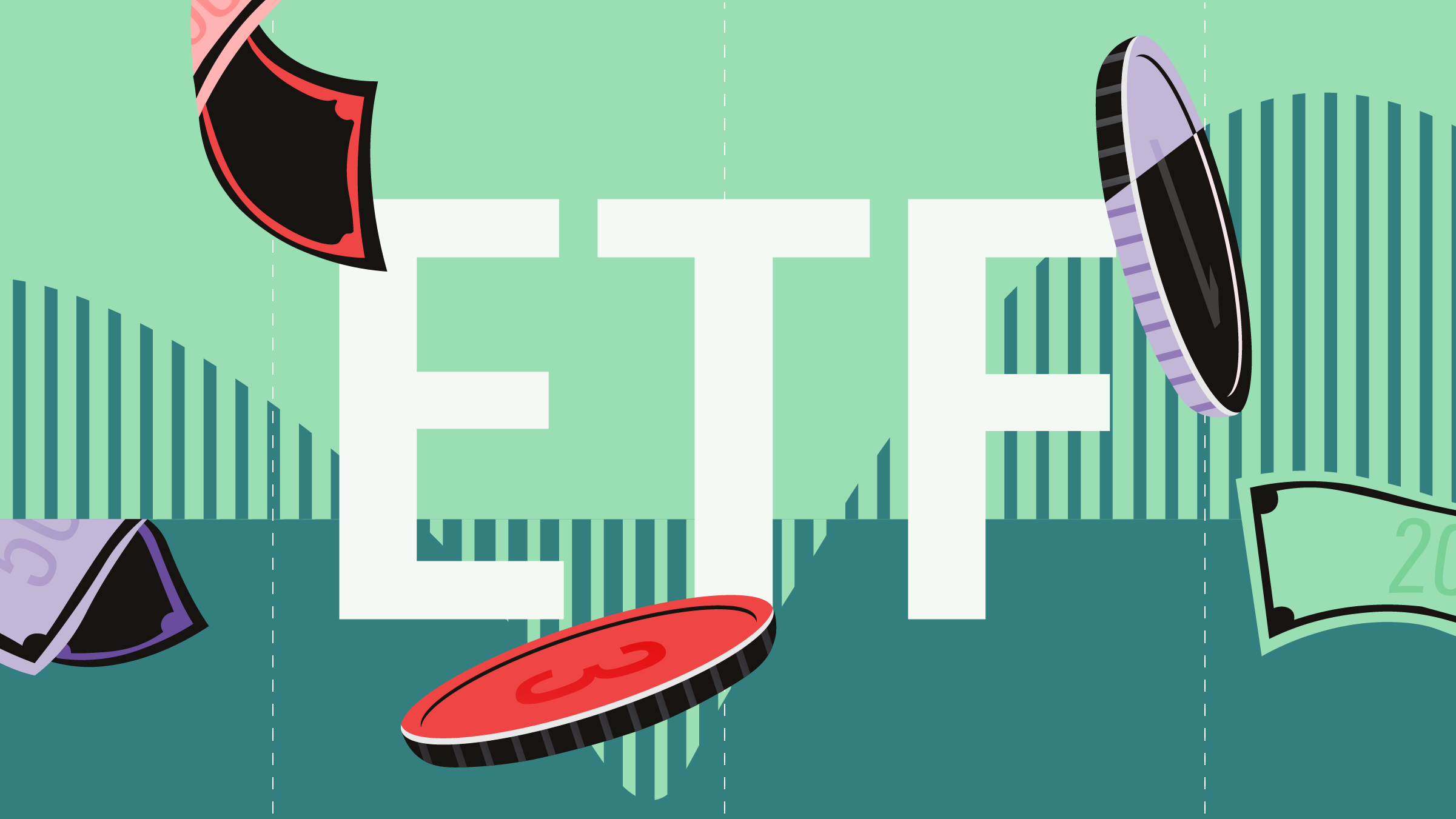Editor's note: Read the latest on how the coronavirus is rattling the markets and what you can do to navigate it.
Ruth Saldanha: Oil has had a whirlwind couple of weeks with wild swings both on the upside and definitely on the downside. In fact, in May, the futures contract for West Texas intermediate crude stepped into negative territory for the first time ever because of vanished demand and supply constraints. What does all of this mean for Canadian oil? Candice Bangsund Vice President and Portfolio Manager Fiera Capital is here today to share her point of view.
Candice, thank you so much for joining us today.
Candice Bangsund: Well, thanks for having me.
Saldanha: The May oil contracts slipped into negative, but the June contracts are somewhat recovered. Was this negative a one-off incident and what's the likelihood of something like this recurring?
Bangsund: Number one, the oil price war which has been unbounded now by the COVID-induced demand destruction. So, really, this has created a perfect storm for prices. And in fact, this was accentuated earlier this week from the technical standpoint of the expiry of that crude contract for May, which essentially saw traders manically trying to unload these positions, because of course they didn't want to take ownership of the physical crude given that there is an acute lack of storage availability across North America. So, this acted to accentuate that downside and really has what sent prices into negative terrain. Prices have since come back but at the same time these near-term imbalances that we're seeing on the supply and the demand front suggests that a dislocation like that cannot be ruled out again when the June contract matures.
Saldanha: For all of this happened with West Texas intermediate, what does it mean for Canadian oil in the short term?
Bangsund: I mean, we're seeing the same sort of trends in the Canadian space. Western Canadian Select has not been left unscathed in this situation. Crude prices in Canada are also on the decline, because again, it's a general lack of demand, and again, no storage. Capacity across North America at the storage facilities is close to 80%. So, really, there's no buyers out there and that's again what's accentuated the volatility in that downside is the fact that the sellers are far outpacing the buyers right now.
Saldanha: Is this likely to just be a short-term thing because of COVID? What's the long-term impact likely to be?
Bangsund: Yeah, so, we expect this to be a short-term development which will make way for gains in oil prices in the longer term, over the next 12 to 18 months. Obviously, in the near term, we need to brace for more potential bouts of volatility just given the fact that the COVID demand destruction has not yet receded. We're still in lockdown mode, travel restrictions. Global travel has essentially come to abrupt halt. All of this is weighing on the demand backdrop here in the near term. And on the supply side, of course, there's still maintains that – we have that massive glut of supply in the market right now. So, short-term, that means that we cannot rule out further downside, further volatility.
Longer term though, we do expect prices to revert higher given that in a way the low oil price environment is actually a solution to low oil prices in that we're going to see some pretty sharp cutbacks in productions in response. Because of course, at these levels a lot of production is not economic, and we are going to see some shut-ins, whether it'd be in the U.S. shale space, which we've already seen rig counts are on the decline. In the Canadian oil sands as well, they are ramping down on production. OPEC, of course, and their allies will begin their production cuts in May. So, taken together, on the supply side, we expect that the swelling stock piles to actually recede later this year and at the same time on the demand front we should be restarting the global economy after the COVID crisis and as that happens, the demand backdrop should improve. So, taken together, that should help to rebalance the market and progressively see prices move higher.
Saldanha: What does all of this mean for Canadian retail investors? How should they play this space right now? Could it possibly be a buying opportunity for Canadian retail investors in energy?
Bangsund: Yes, I think that for Canadians a short-term volatility may play for longer-term opportunity. Investors though will have to look through a little bit more to maybe in the near term. Like I said, we still have this massive imbalance in the market that's going to exert some downward pressure in the near term. But if investors can look through to the long term and look past the next few months, there's definitely some compelling opportunities out there, particularly given that we expect prices to revert higher in the next 12 to 18 months. So, you can acquire a high-quality company with a healthy balance sheet that's been indiscriminately battered in the latest sell-off. This is where we see some good potential opportunities for the long run.
Saldanha: Thank you so much for joining us with your perspectives, Candice.
Bangsund: Thank you.
Saldanha: For Morningstar, I'm Ruth Saldanha.
Investing in the low carbon economy
Learn about the companies best positioned to survive and thrive



















